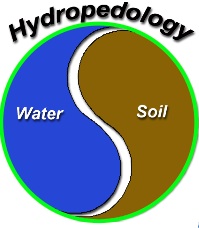Melissa Wright (Penn State University)
Title: Massacres and Protesting Hateful Capitalism: Lessons to be learned from Mexico's activists
Abstract: Protests sparked by news of the September 26 massacre of rural students in Iguala, Mexico have spread across the country as people demand their return. Even with news of their deaths, the demand for their return, ALIVE, does not change. This demand echoes four decades of protest for the return of the desparecidos, those who were forced to disappear by corrupt governments. Such a declaration indicates the fight of the eternal revolutionary, that is of the one who will stop fighting once the dead can be brought back to life. The revolutionaty potential in this message explains, in part, the government's violent repression of this demand and of the refusal of the US government to acknowledge it. In Mexico, such protests have woven together with those against feminicidio (the killing of women with impunity) and against the juvencidio(the killing of youth with impunity) as part of the Mexican drug war funded by the United States. In this paper, I triangulate the struggles sparked by the Iguala massacre, feminicidio and juvenicidio to show how they seek to generate an international and activist public engaged in related struggles across the Americas, including in northern North America, where socially vulnerable populations battle the forces to disappear them from history and geography. Such struggles require a theoretical and activist openness to the lessons to be learned from Mexico and other struggles across the Americas where a vernacular of protest reveals insightful theorizations of these neoliberal times.


